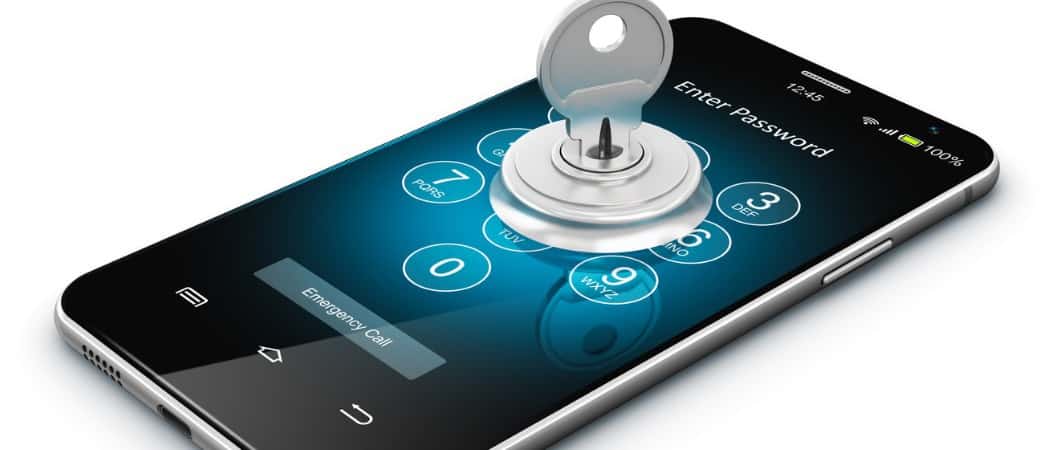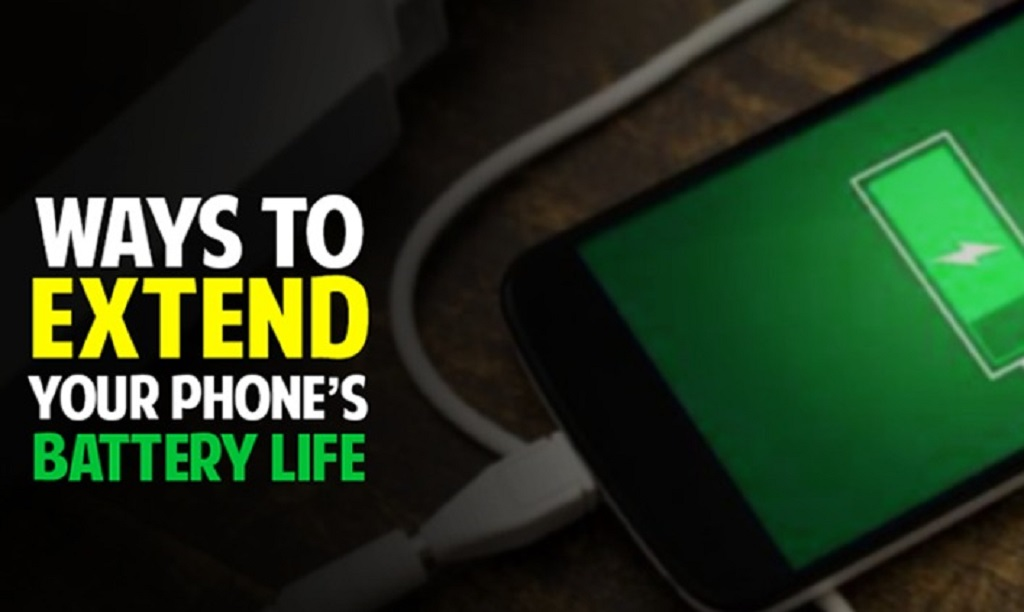Introduction
In 2025, smartphones are not just communication tools — they’re digital wallets, ID cards, and personal assistants. Unfortunately, they’re also prime targets for hackers, scammers, and malware.
If you store sensitive information on your Android device — like bank details, personal photos, or work files — keeping it secure should be a top priority.
In this comprehensive guide, we’ll share practical steps to secure your Android device from cyber threats, protect your privacy, and ensure you stay in control of your data.

1. Keep Your Phone Updated
Security patches fix vulnerabilities that hackers can exploit. Running outdated software puts your device at risk.
How to check for updates:
-
Go to Settings → System → Software Update.
-
Enable Automatic Updates if available.
Pro Tip: Apply updates as soon as they’re released, especially Android security patches.
2. Use Strong Screen Lock Protection
A weak or no screen lock makes it easy for anyone to access your data.
Best lock options:
-
Fingerprint or Face Unlock for convenience.
-
Strong PIN or Password for extra security.
-
Avoid simple patterns like “L” shapes or birthdays.
3. Enable Two-Factor Authentication (2FA)
Two-factor authentication adds an extra layer of security to your accounts.
How to enable:
-
Go to Google Account → Security → 2-Step Verification.
-
Use an authenticator app like Google Authenticator or Authy instead of SMS codes for better protection.
4. Download Apps Only from Trusted Sources
Unofficial APK files can contain malware.
Best practice:
-
Stick to Google Play Store or official app stores from your device manufacturer.
-
If you must install APKs, verify their source and scan them with antivirus before installation.
5. Review App Permissions
Some apps request unnecessary permissions to access your contacts, location, or microphone.
How to manage:
-
Go to Settings → Privacy → Permission Manager.
-
Revoke access for apps that don’t need it.
6. Enable Google Play Protect
Play Protect scans your apps regularly for harmful behavior.
How to enable:
-
Open Google Play Store → Menu → Play Protect.
-
Turn on Scan apps with Play Protect.
7. Use a VPN on Public Wi-Fi
Public Wi-Fi networks can be insecure, allowing hackers to intercept your data.
Best solution:
-
Use a trusted VPN like NordVPN, ExpressVPN, or ProtonVPN to encrypt your connection.
8. Encrypt Your Phone’s Storage
Encryption protects your files in case your phone is lost or stolen.
How to check:
-
Go to Settings → Security → Encryption & Credentials.
-
Enable device encryption if it’s not already turned on.
9. Backup Your Data Regularly
Backups ensure you can recover your files after a loss, theft, or malware attack.
How to back up:
-
Use Google One, Samsung Cloud, or other backup services.
-
Store important files in cloud storage and on an external drive.
10. Watch Out for Phishing Attacks
Hackers often send fake emails or messages pretending to be from trusted companies.
How to spot phishing:
-
Check the sender’s email address.
-
Avoid clicking suspicious links.
-
Never share passwords over email or chat.
11. Use Security Apps
Security apps can add an extra layer of defense against malware and spyware.
Popular options:
-
Bitdefender Mobile Security
-
Avast Mobile Security
-
Malwarebytes for Android
12. Secure Your Lock Screen Notifications
Notifications can reveal sensitive information without unlocking your phone.
How to secure:
-
Go to Settings → Notifications → Lock Screen Notifications.
-
Hide sensitive content.
Bonus Tip: Enable “Find My Device”
If your phone is lost or stolen, Google’s Find My Device lets you locate, lock, or erase it remotely.
How to enable:
-
Go to Settings → Security → Find My Device.
-
Turn it on and ensure location services are active.
Final Thoughts
In 2025, securing your Android device is more important than ever. By updating your software, using strong authentication, managing app permissions, and staying alert for scams, you can greatly reduce your chances of being hacked or compromised.

